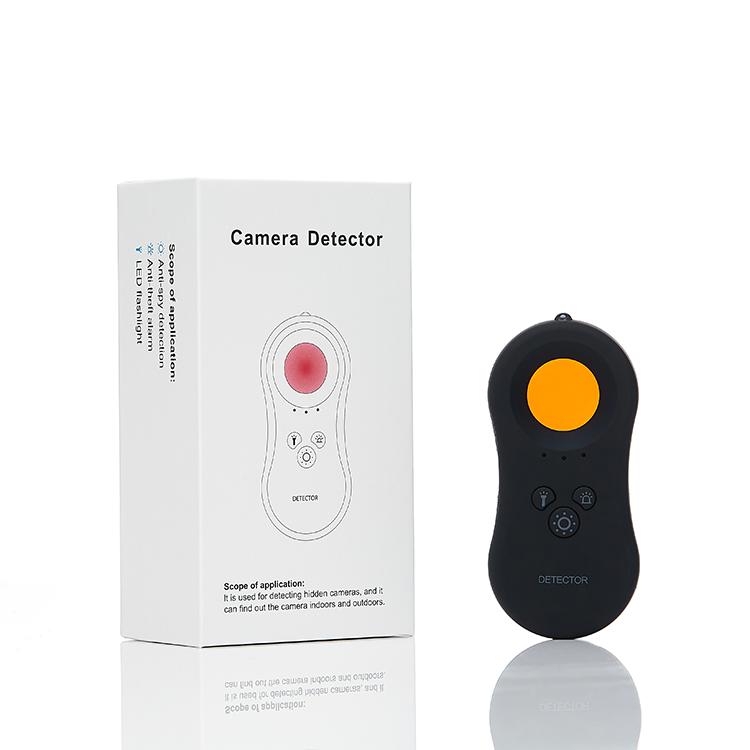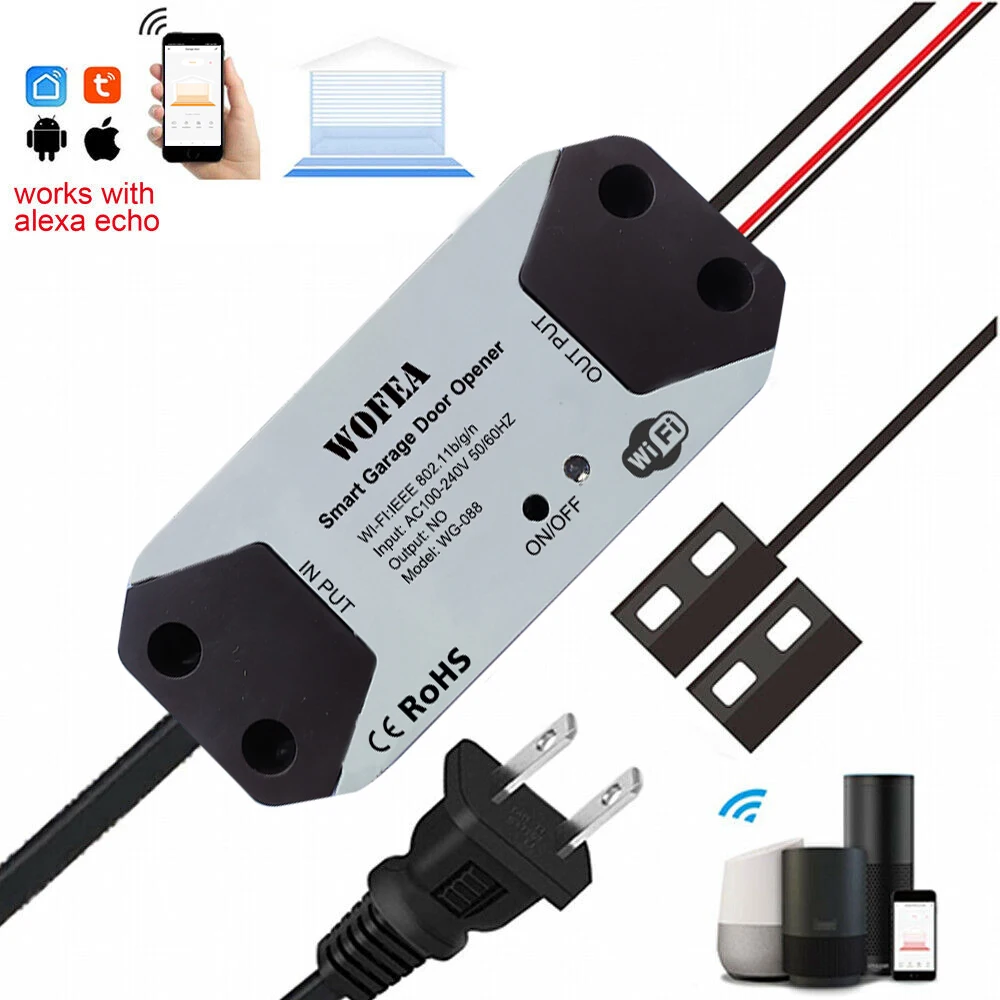


For example, some garage door operator manufacturers transmit actuation signals consisting of packets of ten bit codes at 300 MHZ (Multi-Code), others transmit packets of eight bit or ten bit codes at 310 MHZ (Linear/Moore-O-Matic/Stanley), while still others transmit packets of nine bit, twelve bit, or twenty bit codes at 390 MHz (Genie/Chamberlain).
#Eversafe garage door remote code#
In addition to the various code formats used, several transmitter manufacturers have developed their own modulation format and have selected their own carrier frequencies for transmitting coded signals. Your Eversafe remote control works with the following manufacturers' products if they are less than ten (10) years old: Sears (most units) Genie model AT85 (9 position switch) model AT90 (12-position switch) Stanley Chamberlin (most units) Linear. This eliminates the need to go through a lengthy programming sequence. For example, additional DIP (or fixed) coded RF transmitters can be programmed simply by matching the fixed command code, (e.g., the code identified by the various position of the DIP switches), of the added transmitter to other RF transmitters programmed for operating the gate. Fixed code RF transmitters are preferred in such applications as gate operators, which are typically operated by many more users than a garage door operator, because they are easy to program-making it easier to add/program additional transmitters to be used with the gate operator. 28, 2000, which is assigned to Applicants' assignee and is hereby incorporated herein by reference. Patent application Ser.Ġ8/873,149 filed Jun. An example of a rolling code generating transmitter of the type described herein is disclosed in U.S. Rolling code transmitters are preferred in such applications as remote keyless entry systems, garage door operators, etc. More recently, rolling code formats have become widely used in order to offer a greater degree of security. Other more secure formats include billion code format in which operators can be programmed to operate upon receipt of an authorized actuation signal which consists of a code that is selected from more than a billion possible codes. Many of the commonly used code formats employ a fixed code format that may be set with Dual In-line Package switches (DIP switches), non-volatile memory devices, or the like. Over the years, there have been a variety of code formats used for RF transmitters. The receiver enters the learn mode, then the user activates the transmitter, which transmits a signal representing the factory programmed code stored in the transmitter. Factory-set codes are input into the receiver by causing a controller (e.g., microcontroller or other processor such as a microprocessor, gate array or the like) within the receiver to perform a learn function. Switch-selectable codes are set by the user setting a plurality of switches on the transmitter and the receiver units.

Many of the transmitters supplied with these products are designed as single function, single frequency devices with a preset carrier frequency and use either a switch-selectable code or a preset factory code. For example, most garage door openers, gate operators, and rolling shutter systems utilize transmitters to operate the movable barrier associated with the operator, (e.g., to operate the door, gate or shutter). Transmitters are used in a variety of applications in which wireless operation is desired. BACKGROUND OF THE INVENTION This invention relates generally to transmitters and more particularly concerns a simplified method and apparatus for programming universal radio frequency (RF) transmitters. This file was created on Apr.Ģ5, 2001, and is 72 KB in size. REFERENCE TO COMPUTER PROGRAM LISTING APPENDIX SUBMITTED WITH APPLICATION The computer program listing appendix contained within file “codelisting.txt”, which has been filed with the United States Patent and Trademark Office, is hereby incorporated herein by reference. 25, 2001, which is hereby incorporated by reference in its entirety including the computer program listing appendix submitted with the application. CROSS-REFERENCE TO RELATED APPLICATION This application is a continuation of U.S. A universal transmitter capable of transmitting a plurality of signals at a plurality of different modulations and frequencies which provides a simplified programming setup so that multiple signal configurations (including code format, modulation format and frequency) can be programed quickly and easily.


 0 kommentar(er)
0 kommentar(er)
